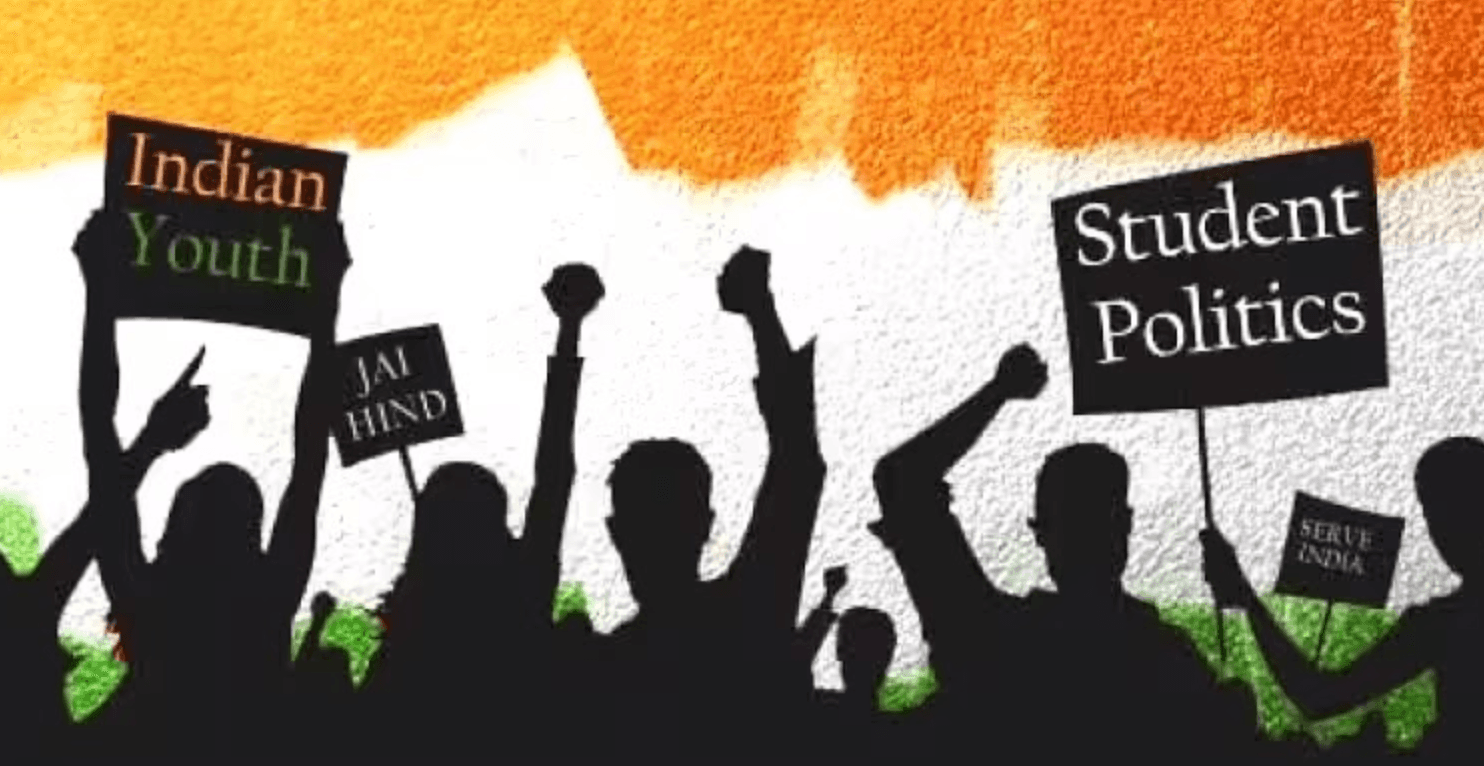The Role of Youth in Politics: Reimagining India's Democratic Future

In every generation, there emerges a defining force that shapes the direction of democracy — today, that force is the youth.
The Role of Youth in Politics: Reimagining India's Democratic Future
In every generation, there emerges a defining force that shapes the direction of democracy — today, that force is the youth. India, with over 65% of its population under the age of 35, holds one of the youngest demographics in the world.
The Youth Opportunity
Yet, this youth power remains largely untapped in the formal structures of politics. While young people lead movements, build startups, and innovate in every sector, their presence in political decision-making remains disproportionately low.
Current Statistics
- Youth representation in legislative assemblies: Below 10%
- Youth interested in policy development: 72%
- Youth who know how to engage with local governance: Only 19%
This striking disconnect highlights both the enthusiasm and the uncertainty that characterize youth participation in politics today.
Historical Context
Historically, youth have been the vanguard of social change. From India's freedom struggle to the movements for environmental justice and civic transparency, young voices have consistently challenged complacency and demanded reform.
Project Janseva's Role
This is precisely where civic innovation initiatives such as Project Janseva step in. Founded with the vision of bridging policy and people, Janseva has mobilized young changemakers across India to promote:
- Civic literacy
- Electoral awareness
- Inclusive governance
Youth for Governance Initiative
Janseva's recent "Youth for Governance" initiative trains students and early professionals to:
- Analyze government policies
- Propose reforms
- Conduct awareness drives for voter participation in working-class communities
The Path Forward
To empower young citizens politically, India must pursue three priorities:
1. Institutional Representation
Youth advisory councils and participatory platforms at local and national levels should not be token gestures but structured channels of influence.
2. Political Education
Civic literacy, legislative understanding, and exposure to governance processes should be embedded in schools and universities.
3. Digital Civic Platforms
Technology, when aligned with civic purpose, can redefine how young people perceive their role in democracy.
Conclusion
As India approaches its centenary of independence, the role of youth in politics must evolve from being the future to being the present. A democracy's strength lies not in the age of its institutions, but in the age of its ideas.
When young citizens question, innovate, and lead, democracy is renewed — not through revolution, but through participation.
Get Involved
Want to learn more about civic engagement and government schemes?
